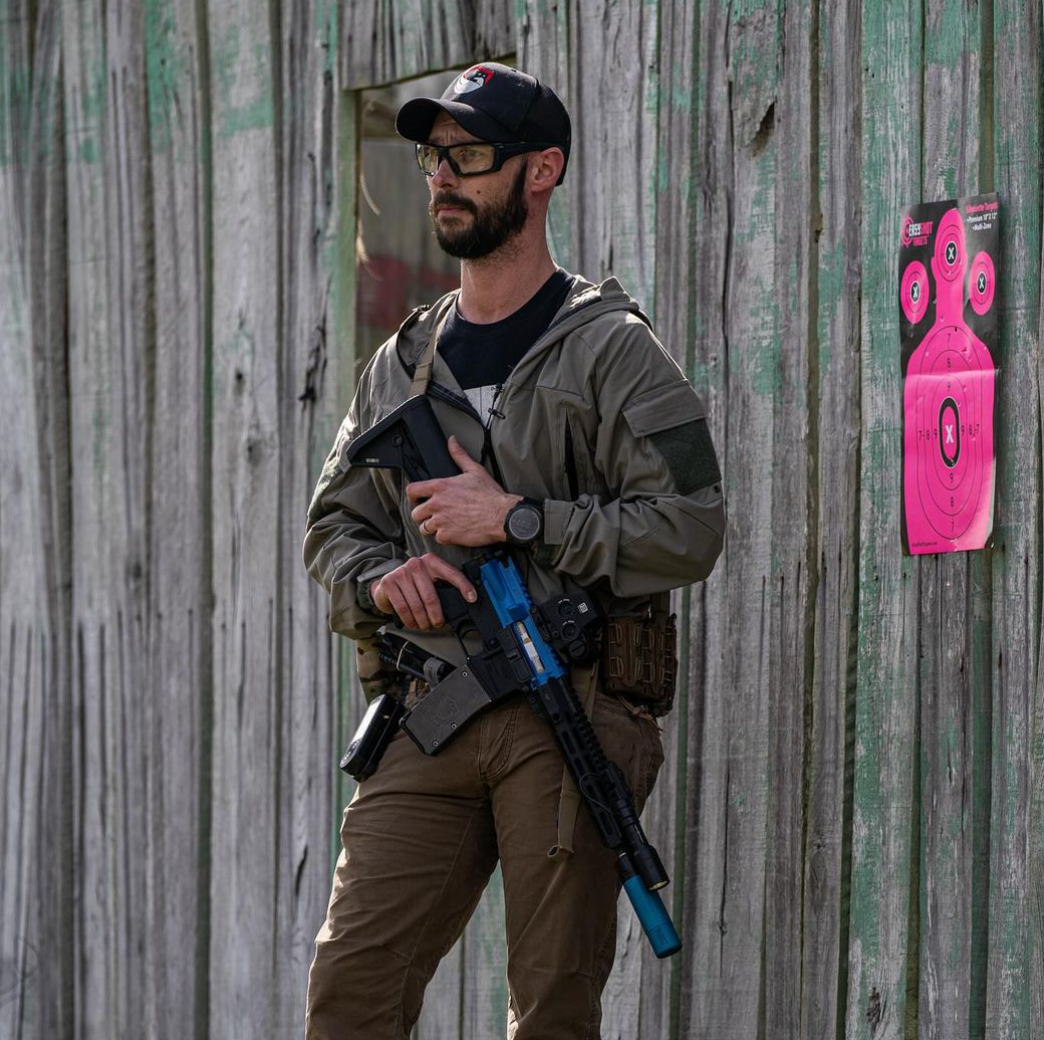Rules for Gun Safety Training

Stay safe on the range
Proper gun safety training is crucial before handling and owning a firearm. A beginner needs to understand the safety rules and be thoroughly educated on the fundamentals. It is necessary for the gun handler’s safety and everyone around the shooting area. Ensuring that you use, secure, and store your firearm correctly is an important responsibility of all firearm handlers.
Even when using non-lethal weapons, the rules are still the same. While non-lethal weapons and ammunition may be safer, improper usage can still result in injuries or damage to other objects. The weapons must be fired at the proper range to avoid serious injuries. If all safety rules are followed, non-lethal systems are safe enough to be used in almost any setting, which makes them ideal for all training purposes.
Here is a list of fundamental rules of gun safety.
9 Rules for Gun Safety

Let's break down some crucial rules for gun safety, to keep you as protected as possible.
Keep the Firearm Pointed in a Safe Direction
Most firearm accidents are the result of someone not following this rule. You should never aim your firearm in the direction of anything that you don’t intend to shoot. Even when you are loading and unloading your firearm or “dry firing,” the direction of the muzzle is essential. If you adhere to this rule while handling a gun and there happens to be an accidental discharge, no one will be injured.
Unload Your Firearm When Not in Use
Your firearm should only be loaded when you are in the field or the designated shooting area and you’re ready to shoot. Afterward, promptly unload your gun. Also, you should always open the action and check the chamber, receiver, and magazine to be certain that all ammunition has been removed. Treat all guns as if they are loaded until you have thoroughly checked them.
Be Aware of Your Target and What Surrounds It
Once you fire a shot, you cannot get it back. Be certain of your target and what is nearby. It is essential to ensure that you will not injure anyone beyond the target. Do not fire your weapon at movements, sounds, or unidentifiable objects. If you are in doubt, do not shoot.
Do Not Touch the Trigger Until You’re Ready to Shoot
Keep your finger off the trigger and outside the trigger guard until you are ready to shoot. If you are handling a firearm with your finger on the trigger, you risk causing an accidental discharge. Even when the “safety” is on, your finger should never be on the trigger when you are not ready to shoot.
Clear Barrel of Any Obstructions
Before loading your firearm, check to make sure no ammunition is in the chamber or magazine. Then you should look for any obstructions. Substances such as snow, mud, or lubricating oil can cause pressure. The pressure can cause the barrel to bulge or burst when firing. Clean your weapon properly and use the cleaning rod to check for obstructions.
Wear Eye and Ear Protection
When you are training with firearms, it is essential to wear eye and ear protection at all times. Shooting or being around a shooting area with no ear protection can damage your hearing. Eye protection guards against clay target chips, firearm malfunctions, or falling shot entering your eyes. When cleaning or disassembling your firearm, you should also protect your eyes to guard against solvents or spring tension parts.
Know How to Operate Your Firearm Properly
You must become familiar with your gun. Not every gun operates the same way. Before shooting, you should be well-versed in your gun’s mechanical features. Ensure that you know how to load, unload, clean, and correct a malfunction. Your firearms dealer or the manufacturer should be able to provide you with adequate information.
Use Correct Ammunition
Be sure that the ammunition you place in your firearm is the correct type. It is your responsibility to read your gun’s instruction manuals and the directions on the ammunition box. Using the wrong ammunition can cause personal injury or even destroy your firearm. Also, never use damaged ammunition or ammunition that has been submerged in liquids. Take the time to examine ammunition thoroughly before loading it into a firearm.
Store Your Firearm Properly
Safely and securely storing your firearm is an integral part of gun safety. You must be vigilant about preventing unauthorized use of your firearm. There are several different methods for safe storage available. Trigger locks, cable locks, lockboxes, and safes are options for proper storage.
The Best Gun Range Safety Tools

UNIT Solutions is dedicated to being the pre-eminent non-lethal training solution for law enforcement and military worldwide. Based on direct feedback from military and law enforcement professionals, we have custom engineered an affordable solution to address existing training challenges directly (such as the UNIT4 Rifle), and provide the best training system on the market for realistic force-on-force and decision-making training.
Visit our website for more information
Conclusion
In conclusion, no matter whether you are training with non-lethal ammunition or not, gun safety rules still apply. These basic rules are for your safety and the safety of others around you. Your adherence to these guidelines is key to preventing injuries or other dangerous mishaps while handling firearms. Make it your business to follow these rules and stress their importance to others around you when training or even when you are shooting for recreational purposes.
Let us know! And be sure to follow Unit Solutions on Instagram!



